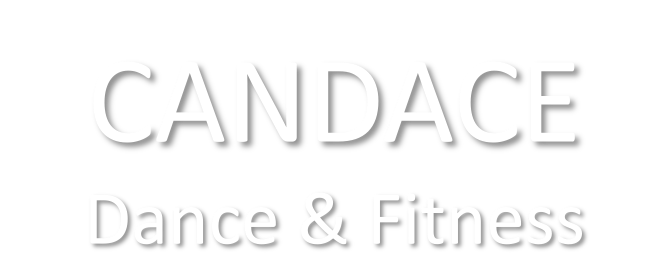ABOUT OUR TRAINING MODALITIES
TRX®RIP TRAINER
TRX®SUSPENSION TRAINER
Kettlebell Training
Corrective exercise
Almost every person has some sort of muscular dysfunction or imbalance that can lead to pain and injury. Corrective Exercise delivers a proven method that reduces dysfunction and helps people move, feel and live better. CES founded on the principles of the National Academy of Sports Medicine Corrective Exercise Continuum (CEx); is a simple, yet highly effective process to improve, and ultimately, correct movement compensations.
Myofascial Release
First, self-myofascial release (SMR) is used on areas that have been identified as being overactive or shortened through assessments. When SMR is performed correctly it can reduce tension in a muscle and help to restore length.
Lengethening Techniques
The second step is to perform lengthening techniques. This is done with static stretching or neuromuscular stretching. Combining SMR with these stretching techniques has a synergistic effect that allows optimal length to be restored to a muscle.
Activation techniques
The third step is activating muscles that are underactive or weakened. This step uses either isolated strengthening exercises or positional isometrics to focus on intramuscular coordination. The completion of steps one through three prepares the human movement system to learn new optimal movement patterns.
CORE Integration+CONDITIONING
Activating the muscles that stabilise the trunk including Transverse Abdominals (muscle that narrows the waist), Multifidi of the back, Glutes and Pelvic Floor. Yes we may get a 6 pack in the process ;)
Total Body Integration
The fourth and final step of the CEx is integration. The use of a total body exercise, once proper muscle length is restored and underactive muscles have been strengthened, will create better intermuscular communication. The improved communication will allow the nervous system to properly activate all muscles, resulting in correct movement patterns.
By following this simple process, we can quickly improve, and with time, correct a client’s movement compensation(s). This will lead you feeling better, moving better, and performing at higher levels!
Functional Awareness®
(FA) is a practical somatic approach that provides a series of explorations in experiential anatomy to:
- enhance our understanding of movement function
- facilitate ease in body action
- mprove dynamic alignment
Laban/bartenieff Fundamentals
Laban/Bartenieff Movement Analysis uses a multidisciplinary approach, incorporating contributions from anatomy, kinesiology, psychology, Labanotation and many other fields. Bartenieff Fundamentals were developed by Irmgard Bartenieff who studied with Rudolph Laban and colleagues in Germany (1925). After coming to the United States in the 1940s, she became a physical therapist. She drew upon her complete background to develop a set of principles for corrective movement that came to be known as the "Bartenieff Fundamentals." Concepts and principles of kinesiological functioning are identified that are then embodied in particular exercises and extended into varied movement possibilities.
It is used as a tool by dancers, actors, musicians, athletes, dance/movement therapists, physical and occupational therapists, psychotherapy, peace studies, anthropology, business consulting, leadership development, health & wellness and is one of the most widely used systems of human movement analysis today.
*adapted from http://alexandrabellerdances.org/laban/









